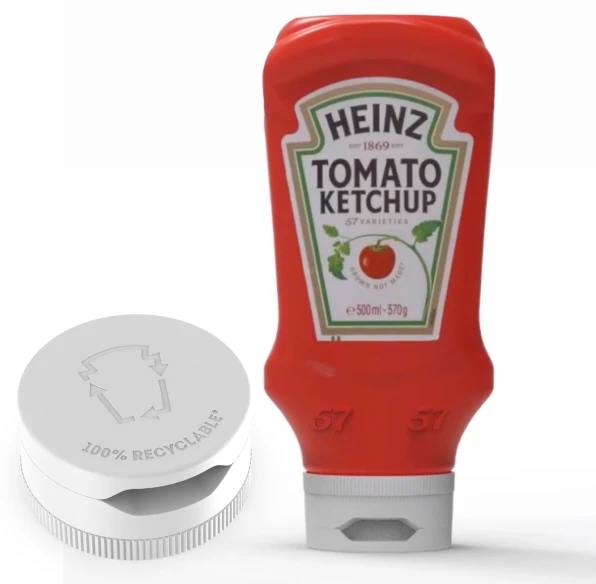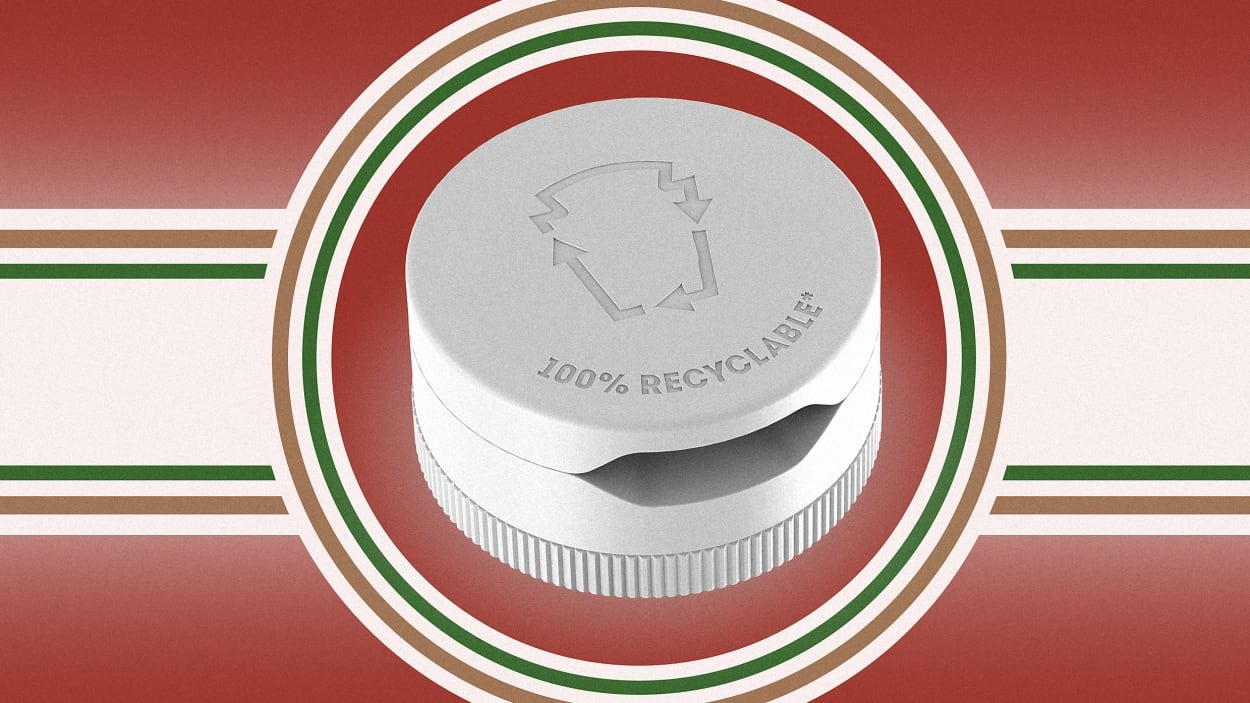Respect for your privacy is our priority
The cookie is a small information file stored in your browser each time you visit our web page.Cookies are useful because they record the history of your activity on our web page. Thus, when you return to the page, it identifies you and configures its content based on your browsing habits, your identity and your preferences.
You may accept cookies or refuse, block or delete cookies, at your convenience. To do this, you can choose from one of the options available on this window or even and if necessary, by configuring your browser.
If you refuse cookies, we can not guarantee the proper functioning of the various features of our web page.
For more information, please read the COOKIES INFORMATION section on our web page.


 The original cap used a flexible silicone valve, something that was “very difficult to recycle,” says Jonah Smith, global head of ESG at Kraft Heinz. “It’s possible, it’s just more difficult.” Recycling facilities would have to be able to separate the silicone from the rest of the cap—something not terribly cost effective for a tiny scrap of material—and then they’d need somewhere to send it. In the U.S., there’s only one silicone recycling plant. (And considering an explosion that happened there last summer after an unexpected reaction, it isn’t clear how viable that plant’s process is.)
The original cap used a flexible silicone valve, something that was “very difficult to recycle,” says Jonah Smith, global head of ESG at Kraft Heinz. “It’s possible, it’s just more difficult.” Recycling facilities would have to be able to separate the silicone from the rest of the cap—something not terribly cost effective for a tiny scrap of material—and then they’d need somewhere to send it. In the U.S., there’s only one silicone recycling plant. (And considering an explosion that happened there last summer after an unexpected reaction, it isn’t clear how viable that plant’s process is.) While other packaging alternatives exist, Smith says they all come with tradeoffs. Glass bottles, for example, have a larger carbon footprint than plastic during transportation, because they’re heavier. (Also, the recycling rate for glass in the U.S. is abysmally low.) The company is still experimenting with other solutions, including a paper bottle that could potentially be used with the new cap. The ideal solution, perhaps, may be the hardest to adopt—reuse. If you go to some Kroger stores in Portland, Oregon, it’s possible to buy Heinz ketchup through the Loop platform, where packaging can be returned after use, cleaned, refilled, and then put back on the shelf, repeatedly. But it comes in an old-fashioned glass bottle, and some consumers may still want something squeezable. And if it’s hard to get consumers to widely use recycling bins, it may be even harder to get them to bring them back to the store.
While other packaging alternatives exist, Smith says they all come with tradeoffs. Glass bottles, for example, have a larger carbon footprint than plastic during transportation, because they’re heavier. (Also, the recycling rate for glass in the U.S. is abysmally low.) The company is still experimenting with other solutions, including a paper bottle that could potentially be used with the new cap. The ideal solution, perhaps, may be the hardest to adopt—reuse. If you go to some Kroger stores in Portland, Oregon, it’s possible to buy Heinz ketchup through the Loop platform, where packaging can be returned after use, cleaned, refilled, and then put back on the shelf, repeatedly. But it comes in an old-fashioned glass bottle, and some consumers may still want something squeezable. And if it’s hard to get consumers to widely use recycling bins, it may be even harder to get them to bring them back to the store.


























